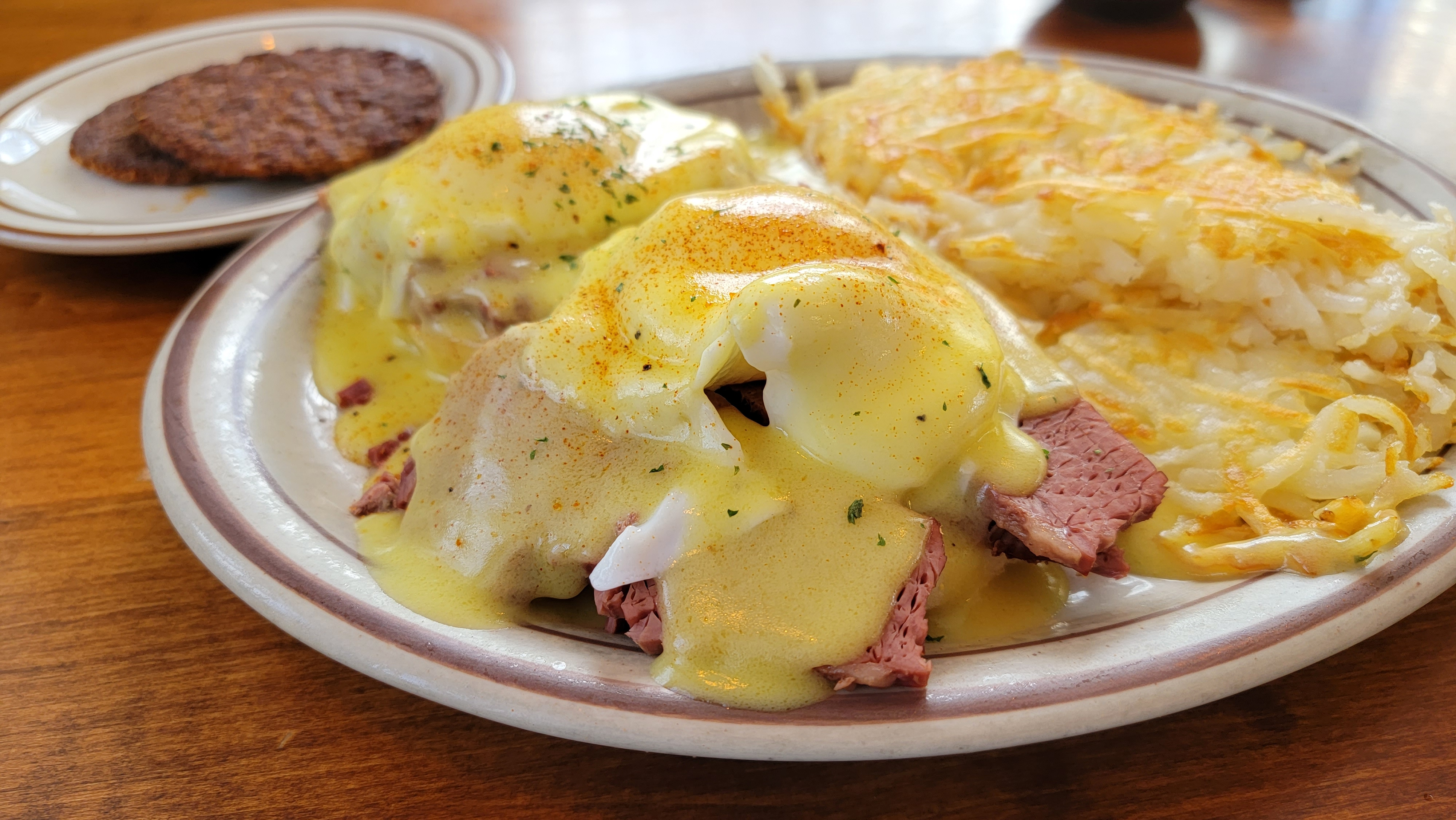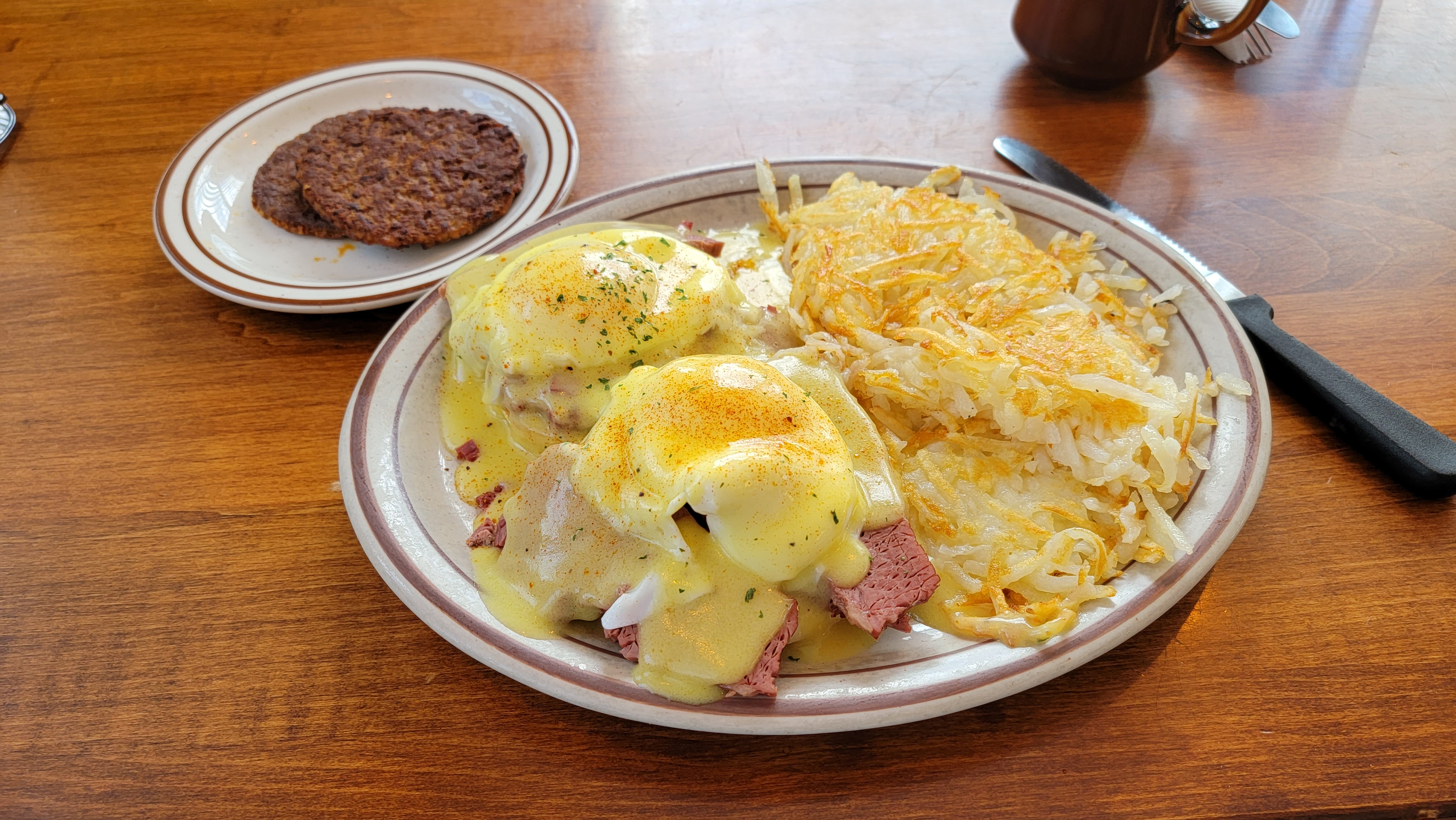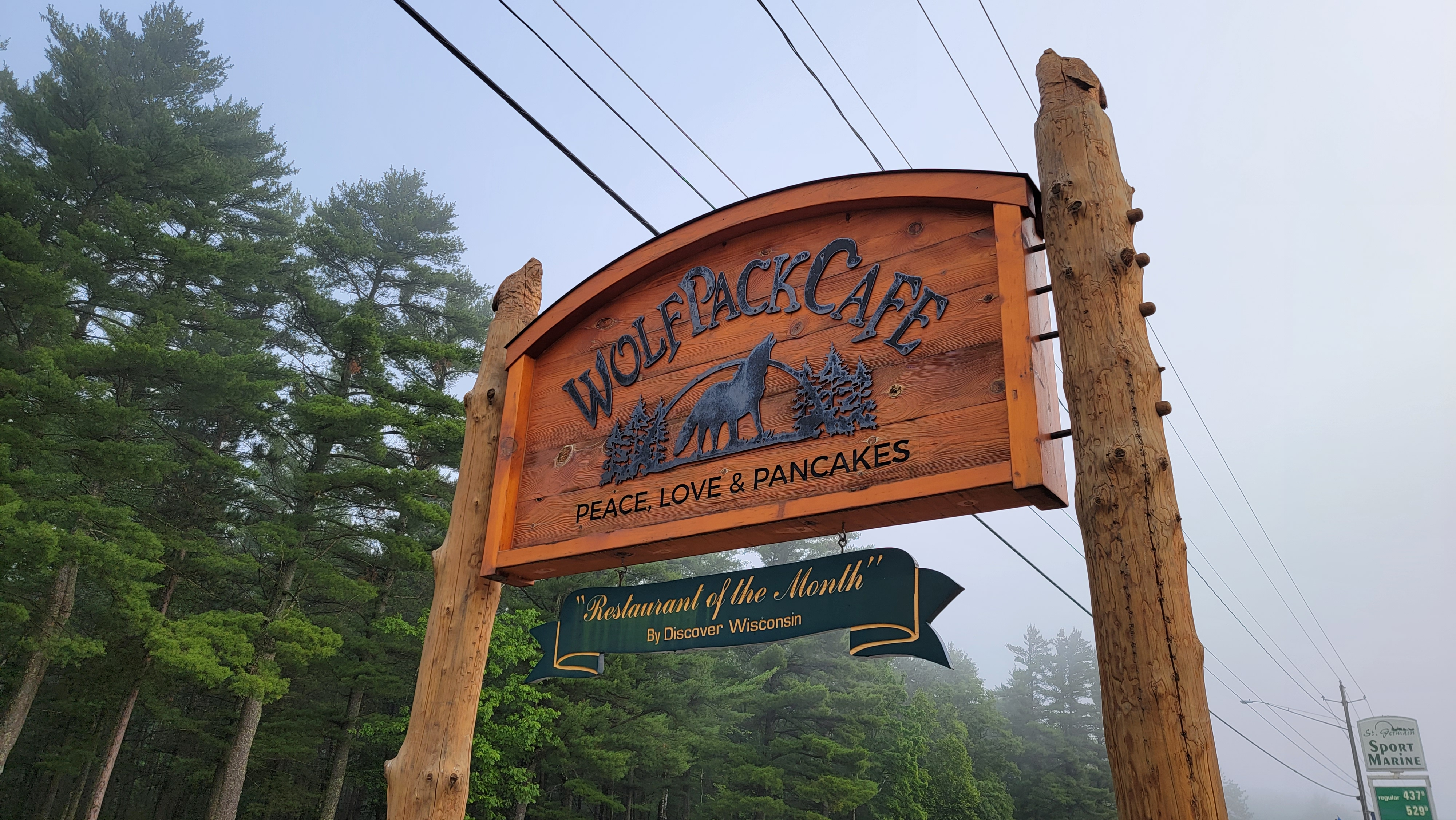What Separates Great Diners From Good Ones
How the best greasy spoons stand out from the pack.
Bacon, eggs, hash browns, and toast—diner food is pretty iconic here in the United States. Apart from major fast-casual chains, the classic "greasy spoon" is among the most ubiquitous types of sit-down restaurant in the nation. But just because something is widespread doesn't mean it's good.
For every Waffle House that makes its living through a commitment to syrup and sausage patties, there's a "Big Jim's Route 66 'Merican Chow Hut" that serves burnt omelets, soggy potatoes, and sides of "fresh fruit" made up solely of muskmelon and cantaloupe. So, what sets the good diners apart from the mediocre and the bad?
From the outside, it can be difficult to tell. Online reviews are only marginally helpful, and if you pay attention you'll notice the same brand of supply trucks pulling into the back of nearly every restaurant in town. This taste of sameness can leave patrons staring down the barrel of Schrödinger's Menu: it's only good until you think about it. But the key to escaping the blandness box lies not in cheffy gentrification. If you want diner classics done right, you have to look to the basics.

The best diners nail the basics
Sound fundamentals and care for ingredients set the best diners apart. Because most greasy spoon diners are starting with the same foodstuffs, it's the attentive cooks that shine through. Proper cooking time, basic seasoning, and subtle, personal touches—the best spots get these right. And the addition of a little novelty or flair can go a long way, without scaring off the more conservative portion of the customer base.
Take West River Cafe, for example. Located in Nekoosa, Wisconsin (a town of less than 2,500) and situated kitty-corner from a rather odoriferous paper mill, it looks like your typical all-American diner. The large breakfast menu is filled with skillets, French toast, the requisite biscuits and gravy. But next to the board displaying the daily specials, there's a second, smaller sign that reads, "Try Something New." Listed there are such offerings as fried pickles, white cheddar mac and cheese, and chorizo patties (which are excellent, by the way). It's a little touch, like a gentle nudge toward bolder flavors.
A subtle, creative spin on staple dishes
At West River, it was the Irish Benedict that won me over: thick slabs of tender, juicy corned beef served up with English muffins, hollandaise, and beautifully poached eggs. Basic ingredients, thoughtfully prepared. That, along with the fantastic service, is what sets a good diner apart. Even something as simple as a slice of homemade pie can provide a better experience than the green-and-white purgatory of Perkins.
Okay, maybe that's a bad example, as Perkins' bakery is pretty good. But you get the idea.
Some places take the "diner as dining" concept even further. The Wolf Pack Café in Saint Germain, Wisconsin is a poster child of this ideal, with subtle (and not so subtle) Creole flavors sprinkled throughout the menu. I mean, just look at this Shrimp Creole benedict with blackened French bread standing in for the muffins and toast.

Hot damn. This plate alone is worth a trip to the North Woods.
Still, there's nothing wrong with simple bacon, eggs, hash browns, and toast. Breakfast staples exist for a reason, as do lunch classics like the patty melt or BLT. But "basic" shouldn't be a synonym for "lazy" or "flavorless." Diner food is often simple by definition. For this reason, it's all the more important to recognize the cooks and servers that routinely nail the fundamentals.
I've been fortunate enough to enjoy great diner meals all across the country, and the good news is this: You probably live within range of a pretty excellent diner. It might take some research to separate the good from the great. But once you find these gems, you'll quickly come to understand what makes this type of homey comfort food so enduring.


